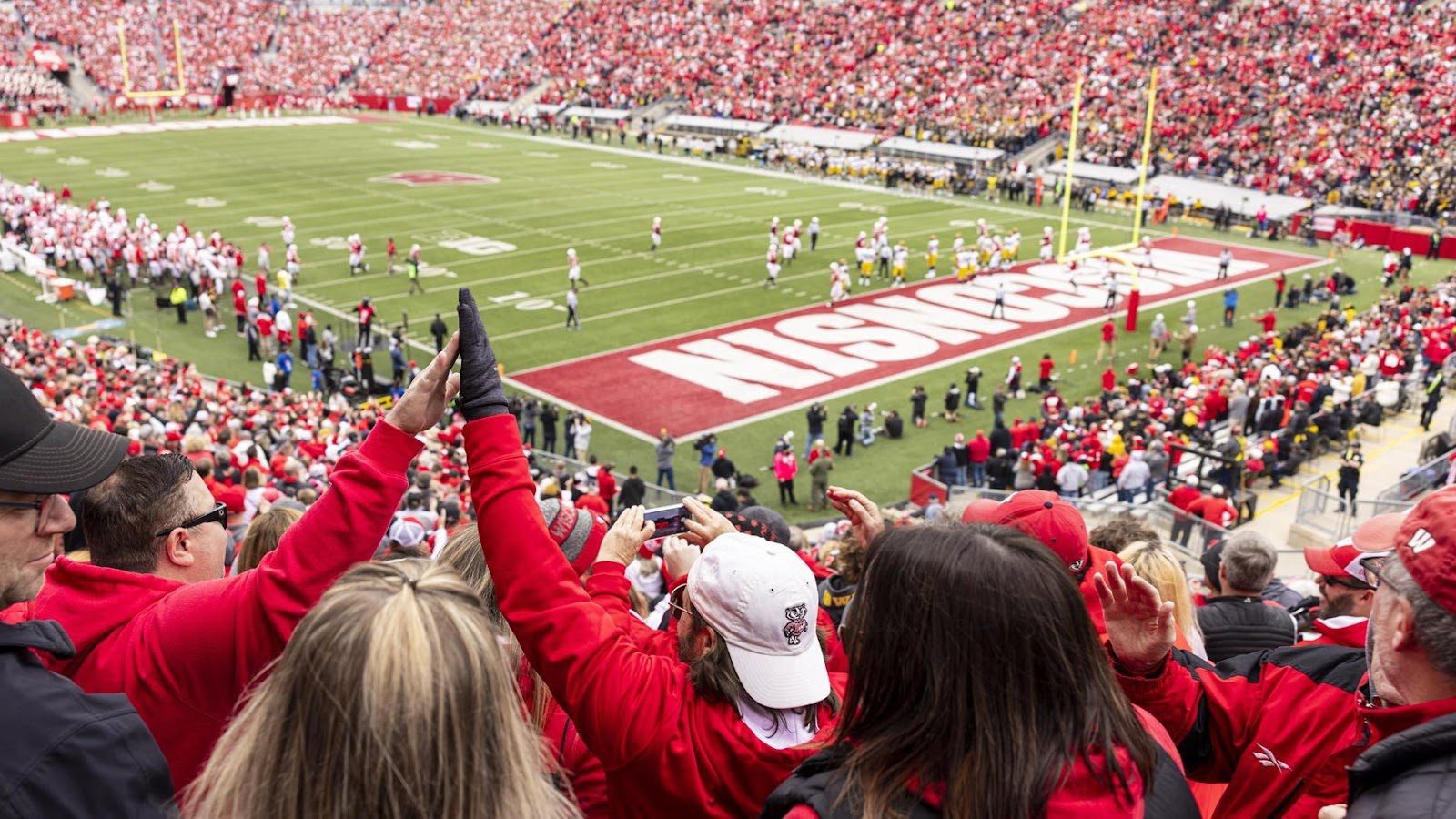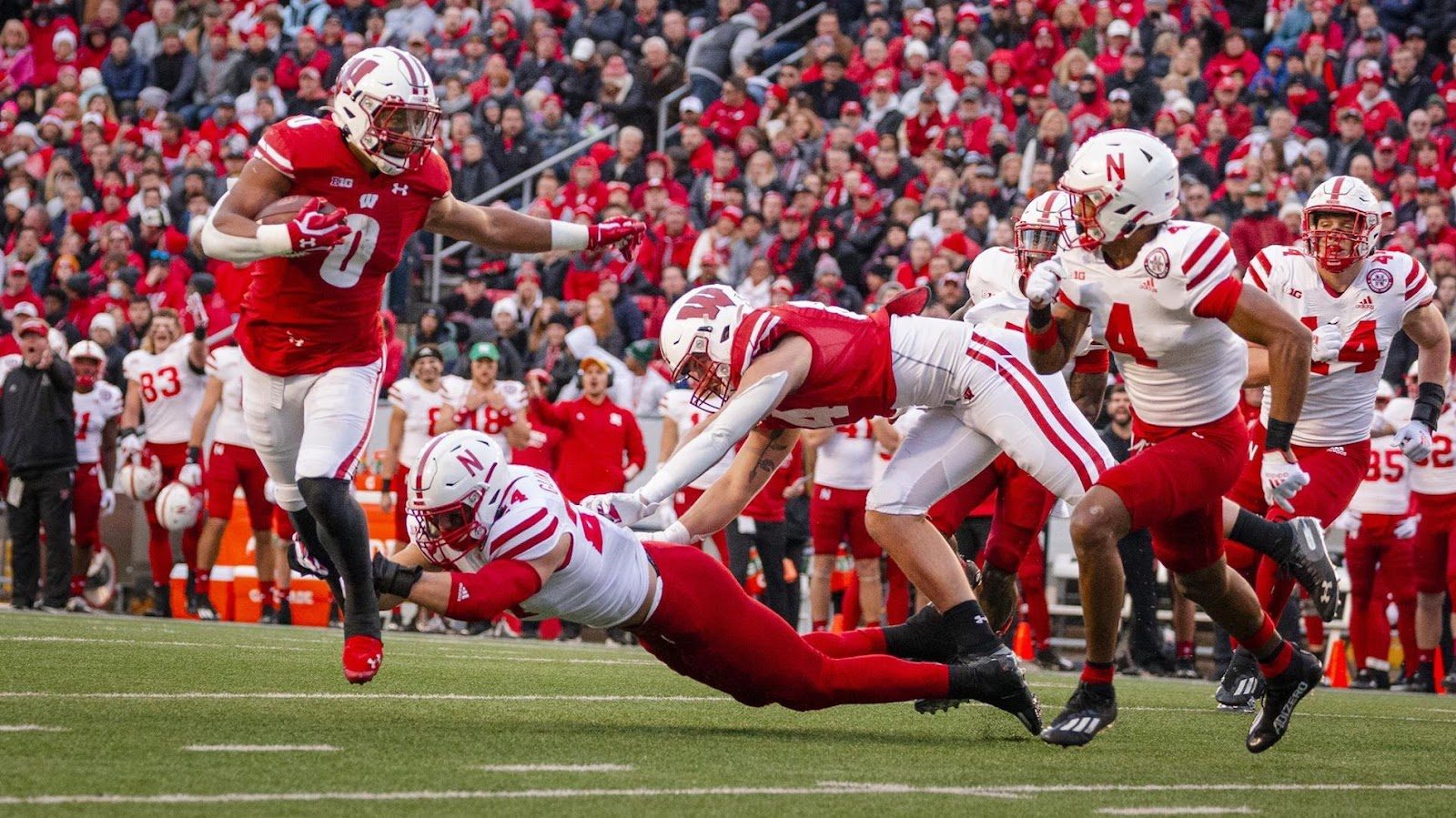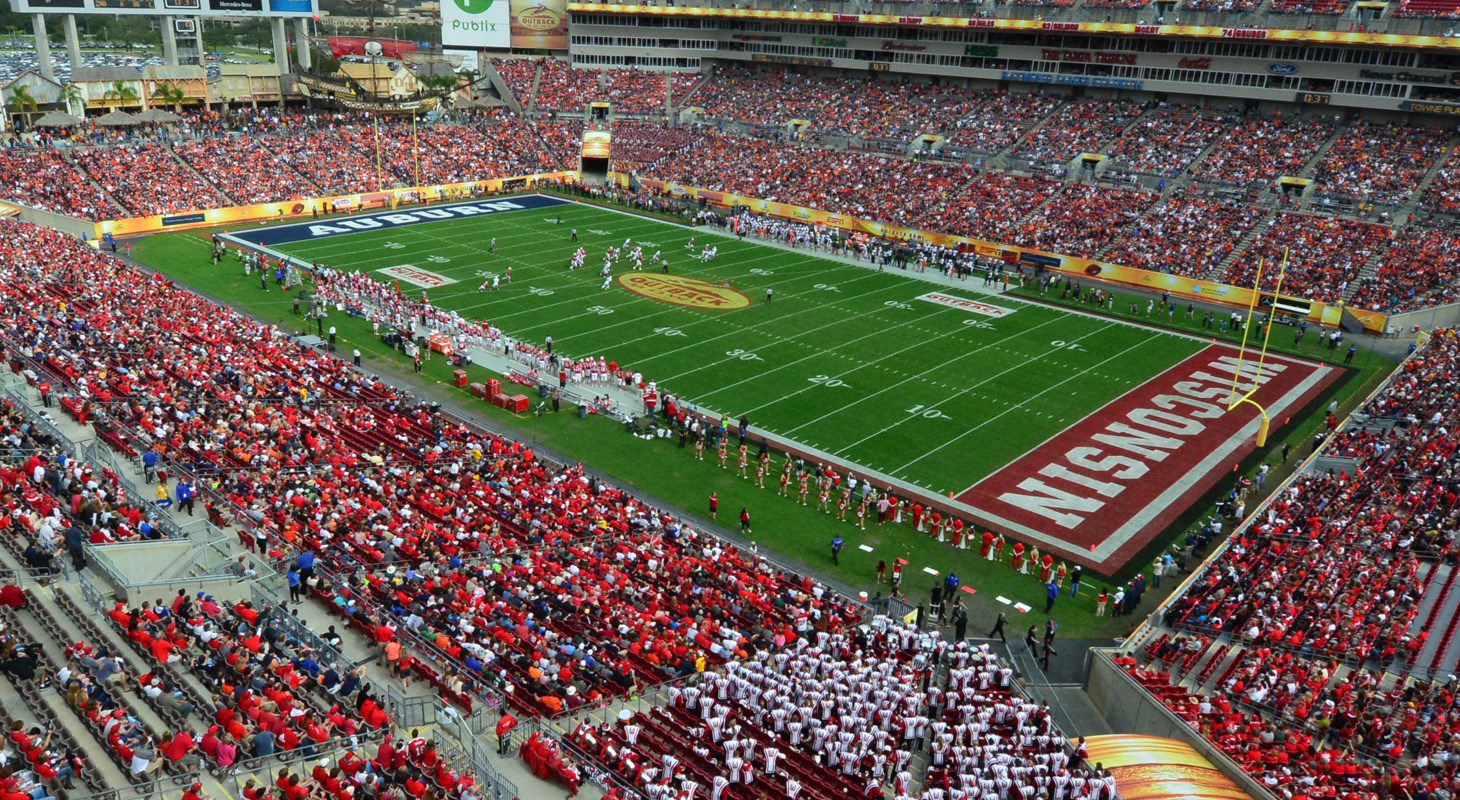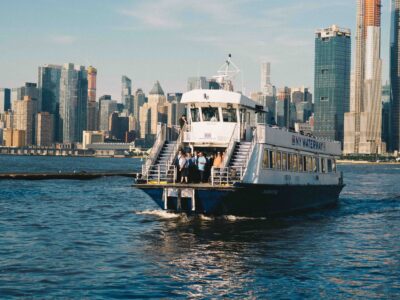On October 25, 2008, Camp Randall Stadium was the site of the first carbon-neutral football game in the Big Ten Conference! The University of Wisconsin at Madison hosted the University of Illinois for this game – that also coincided with Wisconsin’s homecoming weekend. It was also among the NCAA’s earliest carbon-neutral football games (coming less than a year after the University of Florida held the first).
This environmental achievement was pursued through two endeavors. One involved turning farmland outside of Madison into forest land by planting thousands of trees and saplings. The other was through the purchase of carbon credits that would offset the game’s carbon emissions (which amounts to over 1,170 tons of carbon dioxide at a typical Wisconsin Badger football game according to a study done by the UW-Madison’s College of Agricultural and Life Sciences).

The game served as a showcase for the “Wear Red, Think Green, Badgers Recycle” campaign that the Wisconsin Athletic Department and ReThink Wisconsin: Students for Reducing, Reusing and Recycling launched earlier that year. As part of the “Think Green” initiative, student volunteers, clad in blue recycling t-shirts, circulated around Camp Randall Stadium to urge Badger fans to toss their plastic bottles into the newly installed blue recycling bins. The results were quite encouraging, with around a ton of recyclable waste collected even before the mid-season carbon-neutral game. “It’s important for us to be environmentally conscious in what we do and to spread the word about how everyday actions can lead to a cleaner environment,” stated Wisconsin’s then-associate athletic director Vince Sweeney.
Wisconsin’s Athletic Department built upon the successful 2008 carbon-neutral game by making the entire 2009 football season be carbon-neutral, which was accomplished through a partnership with Madison Gas and Electric. This milestone, which also was a Big Ten first, helped to offset the over 8,000 tons of carbon dioxide estimated to be generated by Wisconsin’s home games. The Athletic Department that season also engaged in other sustainability measures, such as discontinuing printed media guides.
The year 2012 proved to be another watershed year for recycling at Camp Randall Stadium. That season, more than 43,000 pounds of cardboard and co-mingle items (bottles/cups/plastics) were recycled during the football season. This represented a huge increase over 2011 when less than 4,800 pounds was recycled. Making this triumphant all the sweeter was that almost 40% of gameday waste was diverted from landfills.
One big reason behind this improvement was the Athletic Department teaming with the university’s Office of Sustainability (particularly its We Conserve program) to start the Be the WE (Waste Eliminator) Program, which drew volunteers from various campus student groups to be game day recycling ambassadors. “The team effort,” said Frank Kooistra from UW-Madison’s Office of Sustainability, “was very special and we’re looking forward to an ever better season next year.”
And next season, they did do better! Camp Randall’s recycling totals cracked the 50,000-pound mark the following year, and then nearly exceeded 60,000 for the 2014 season – along with topping a 40% diversion rate. The Badgers also placed 24th nationally for total pounds recycled in the 2014 GameDay Challenge as well as being third in waste minimization, second in green-house gas reduction, and fourth in GHG Reduction among Big Ten schools.

The 2014 season also saw Camp Randall become a “Zero Waste” building. The stadium’s traditional trash cans were supplanted by recycling and composting bins. Volunteers eased the transition by assisting stadium-goers to figure out what belonged in the blue recycling bins and the yellow composting bins. Furthermore, items sold at the concession stands were either recyclable or compostable, and all concession stand food waste was composted too.
The Wisconsin Athletic Department didn’t just focus its sustainability work on Camp Randall Stadium. The LaBahn hockey facility received a Silver LEED certification from US Green Building Council during this time period as did two student-athlete performance centers. The Athletic Department’s environmental master plan included recycling cardboard and unsold programs, using products made of recycled materials. Turf maintenance and water conservation were done at the university’s golf course, while LED lighting was installed in new athletic facilities, and energy efficiency was improved at all the major buildings.
The Athletic Department continues to be involved in making positive environmental change at Wisconsin-Madison. One of the newest eco-related efforts is a collaboration between student athletes and the Office of Sustainability intern program. Known as Student Athlete Leaders in Sustainability, this project helped to introduce reusable take-out containers to the Athletic Department-operated dining centers in 2021.





